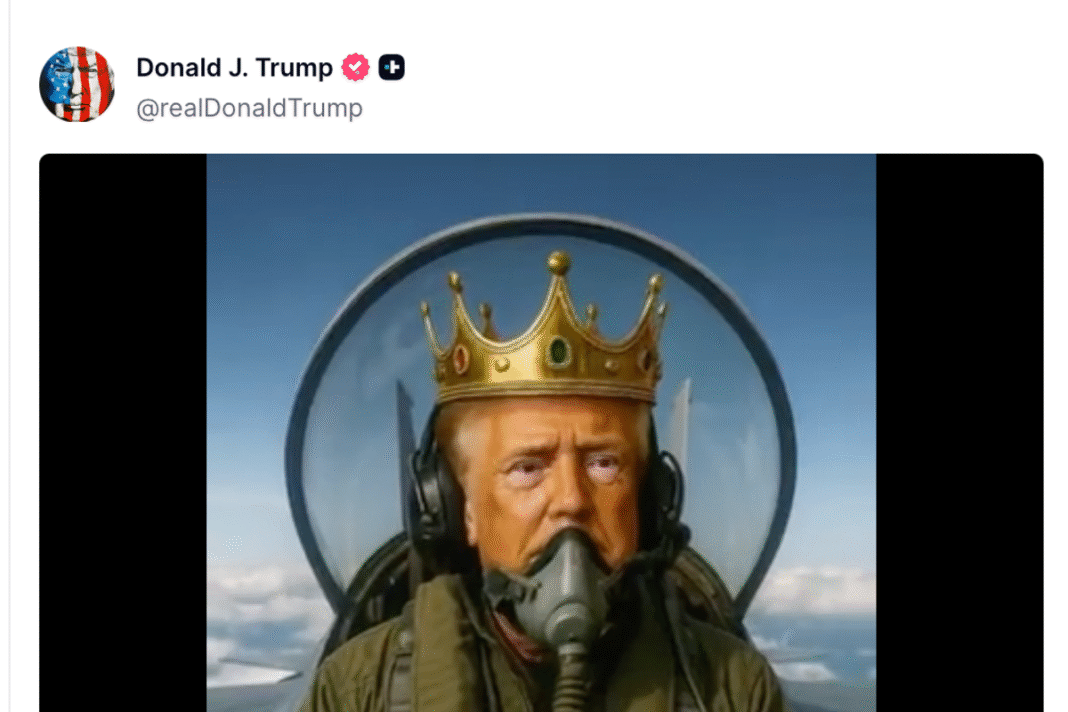Analyzing the Political Landscape through Protest and Satire
The Context of Current Protests
In recent weeks, the United States has witnessed a significant surge in protests, particularly framing themselves under the banner of the “No Kings” movement. These demonstrations have drawn participation from millions across all 50 states. The central aim is to challenge the perception of authority, particularly scrutinizing the actions and rhetoric of political leaders such as former President Donald Trump.
The Political Response to Protests
While these protests have aimed to voice concerns about governance and social justice issues, the political response has been one marked by derision and dismissals from Republican leaders. Figures such as House Speaker Mike Johnson labeled the events as “Hate America” rallies, aiming to delegitimize the protesters’ motives and frame them as anti-nationalistic.
Accusations of Extremism
Moreover, the rhetoric used by the administration and its allies has included grave accusations against the protesters, suggesting links to extremist groups like Antifa. Transportation Secretary Sean Duffy went so far as to imply that participants were either pro-Hamas or part of a less savory agenda, creating a narrative that further polarizes the political discourse surrounding these demonstrations.
Media Representation and Its Impact
The media landscape plays a significant role in how these events are framed and perceived. In particular, outlets like The Independent focus on not just the events unfolding but also provide deeper analysis on the implications of such protests. Coverage often includes eyewitness accounts and reports that challenge the dominant narratives pushed by political figures.
A Complex Relationship with Satire
Trump’s response to the protests has involved leveraging social media, where he released a video depicting himself in an AI-generated environment, emphasizing the surreal and often absurd nature of his political persona. The video features a humorous yet toxic representation of conflict, showcasing Trump clad in a crown and navigating a fighter jet above a crowd of protesters—a visual metaphor intertwining satire and a threat of violence.
The Role of Humor in Political Discourse
This blending of satire and reality raises questions about the use of humor in political discourse. By crafting a narrative that marries whimsical imagery with aggressive undertones, Trump and his supporters create a unique strategy that complicates traditional understandings of political communication. The combination of humor and hostility serves to rally his base while simultaneously alienating his opposition.
The Symbolic Use of Imagery
The imagery deployed in these communications does not merely serve to entertain; it possesses significant symbolic weight. The notion of “KING TRUMP” and visuals of violent actions against protesters evoke a narrative of power and dominance—an attempt to reinforce the idea of Trump’s control over the political landscape while belittling dissenting voices.
Polarization of Political Ideology
The events around the protests are symptomatic of a broader polarization within American society. The very act of protesting has been framed by certain political factions as an attack on national integrity, while for many Americans, these demonstrations represent an essential exercise of democratic rights.
Historical Context
This dynamic is not entirely new. The deployment of federal forces in various cities during times of unrest dates back to previous administrations, establishing precedents that complicate the discourse around civil liberties. Critics warn that such actions, especially when framed as a means of maintaining order, may lead to excessive militarization of local law enforcement and infringe upon citizen rights.
The Expectation of Peaceful Opposition
As organizers of the No Kings protests prepare for continued activism, they remain acutely aware of the potential backlash. They frame their mission not just around opposition to Trump but as a broader stance against authoritarianism. Individuals like Ezra Levin, co-founder of Indivisible, express concerns about the administration’s framing of dissent as violent or extremist, arguing that these accusations stem from a fear of peaceful opposition rather than any actual threat.
The Challenge Ahead
As political tensions intensify, the interplay between protest, media portrayal, and online discourse will likely continue shaping the national conversation. The dual nature of humor and hostility within political rhetoric encapsulates the challenges ahead, requiring both activists and commentators to navigate a landscape characterized by deep divisions and a constant re-evaluation of the norms surrounding political debate.
This ongoing narrative, steeped in historical context and current realities, illustrates the vital role that informed discourse plays in a democracy, ensuring that even amidst satire, the essential issues remain at the forefront of public consciousness.



